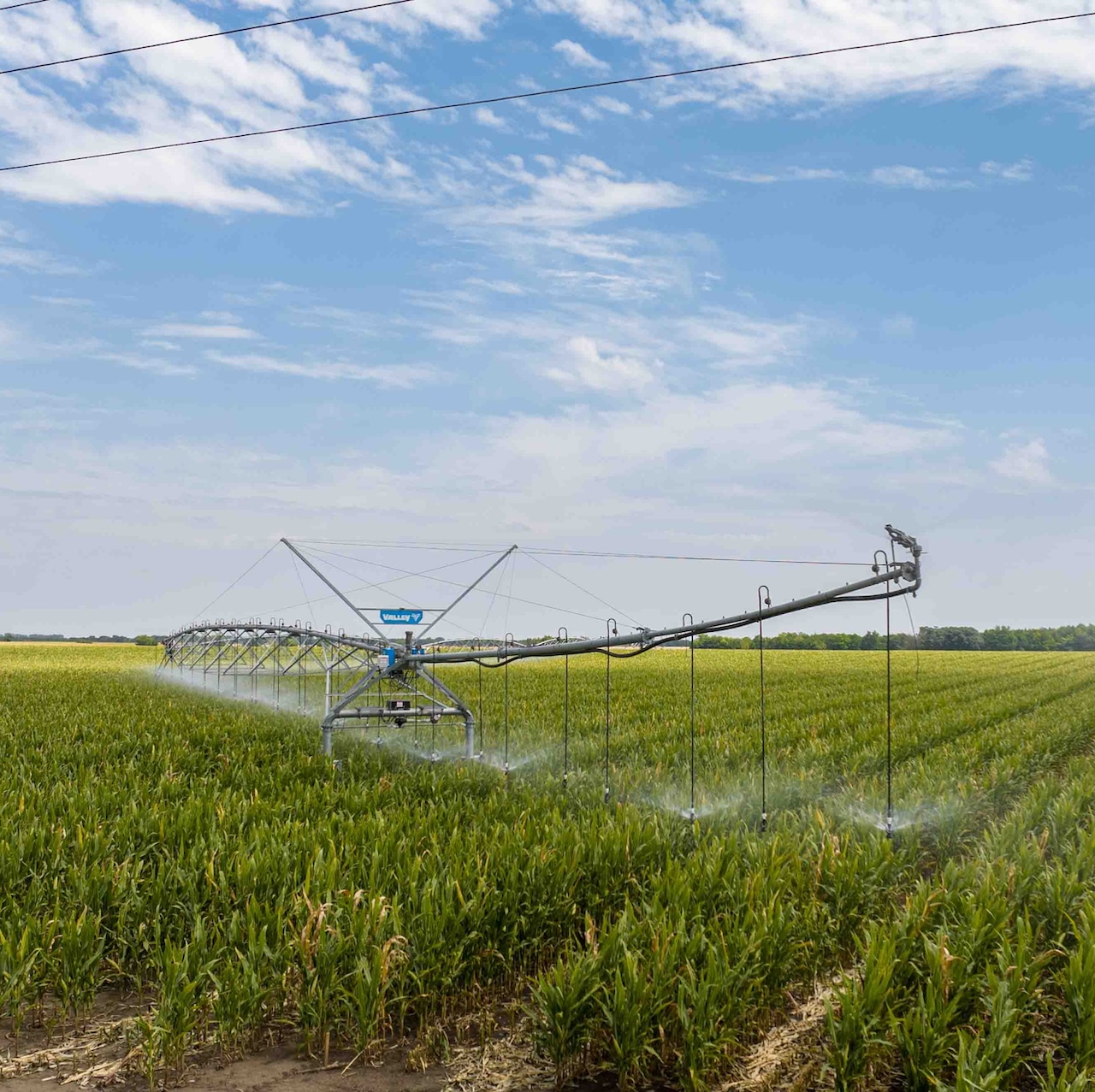KITE Zrt.’s irrigation management decision-making support app helps farmers to make key irrigation scheduling decisions (irrigation rates, irrigation intervals) based on measured soil-plant-atmosphere data. Our increasingly arid and extreme climate will be accompanied by growing crop yield fluctuations; to offset this, it is increasingly important to ensure professional, data-based, precise irrigation, which the KITE irrigation advisory system can effectively provide.

The irrigation advisory system is based on highly accurate, precisely measured data. The information resulting from atmospheric measurements gives a good indication of the changes in water balance. In addition, the moisture content of the soil at rooting depth can also be analyzed to provide direct information on the water supply and it can help prevent water stress.
Once we know the predicted climatic water balance and soil moisture levels we are able to conduct irrigation planning (i.e. determine an irrigation rate and irrigation interval) and, if there are several irrigated fields, we can even set up a priority order for irrigation.
Under this sophisticated irrigation scheduling approach, irrigation decisions are made by considering the various processes that occur in the soil-plant-atmosphere system.
Thanks to our developments, key irrigation scheduling information is now available on your mobile phone.




The information for irrigation scheduling is obtained from KITE’s agrometeorological station installed in the vicinity of the irrigated field, while soil moisture data are collected by sensors installed in the plant population, taking into account the conditions of the field. Consequently, irrigation decision-making support requires the availability of the agrometeorological base station and the water use efficiency device(s) or microbase(s).
The key questions on irrigation decision-making support are answered taking into account plant sensitivity and soil texture.
The actual soil moisture conditions are determined by soil sensors placed inside the irrigated field.
Precisely measured data help farmers make the right irrigation decisions.